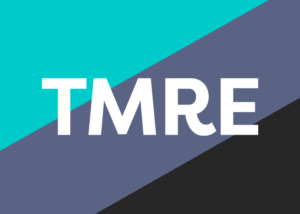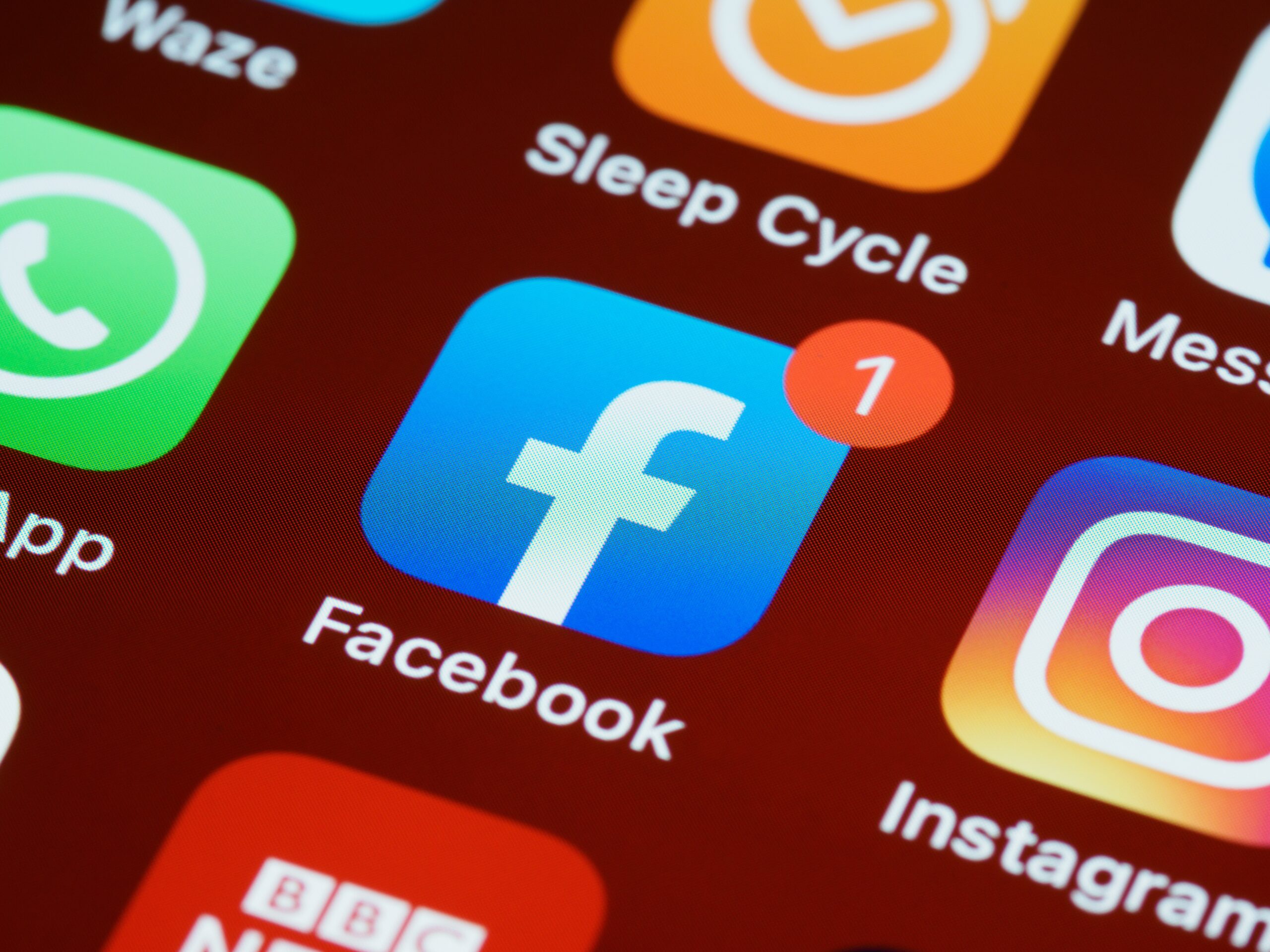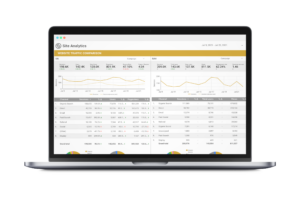April 21, 2022 / Thought Leadership
How Much Has Advanced TV Advertising Actually Advanced?
Michelle Capasso, Partner & Director of Media Services at Connelly Partners, was recently a panelist at the Digiday Business of TV Forum. In her session, Michelle reflects on the major shift that the TV landscape has been experiencing. Transitioning from age-and-gender-based media buying to audience-based media buying, this change still appears to be ongoing. Through the lens of targeting capabilities vs actual scale to find audiences in this new space, Capasso explains the progress, shortcomings, and opportunities in this new space. Watch the full session below.
 brief us?
brief us?






 Most brands nowadays have defined their “Purpose.” Beautifully cast in size-64pt font on a cardstock hand-out given to everyone at the corporate office. Two weeks later, it ends up in a Waste Management truck and forgotten until the next annual company meeting where it shows up on the “agenda” slide.
Most brands nowadays have defined their “Purpose.” Beautifully cast in size-64pt font on a cardstock hand-out given to everyone at the corporate office. Two weeks later, it ends up in a Waste Management truck and forgotten until the next annual company meeting where it shows up on the “agenda” slide.  The recent
The recent  I just spent 3 jam-packed days in Nashville at The Market Research Event (TMRE). I listened to and chatted with Insights & Strategy leaders from across the world. A Disney trip for people like me that obsess over understanding humans and what it means for brands and our futures.
I just spent 3 jam-packed days in Nashville at The Market Research Event (TMRE). I listened to and chatted with Insights & Strategy leaders from across the world. A Disney trip for people like me that obsess over understanding humans and what it means for brands and our futures.  With the Holiday season approaching, one word seems to stand out among the rest: Gratitude. It’s always top of mind (or nowadays, “trending”) as we head into the Thanksgiving holiday … and this year that magnified sense of thankfulness feels more relevant than ever for brands.
With the Holiday season approaching, one word seems to stand out among the rest: Gratitude. It’s always top of mind (or nowadays, “trending”) as we head into the Thanksgiving holiday … and this year that magnified sense of thankfulness feels more relevant than ever for brands.  There’s never a dull moment in the world of social media and that especially rings true in the wake of Facebook’s recent scandal and outage. In the simplest of terms, the platform experienced a major outage, the largest in over a decade. Millions of users, who depend on social media every day for communication and work, were left without it. Not to mention, the former employee and whistleblower going public and her subsequent congressional hearing. CP’s own Michelle Capasso and Alyssa Stevens weighed in on the issues and important takeaways.
There’s never a dull moment in the world of social media and that especially rings true in the wake of Facebook’s recent scandal and outage. In the simplest of terms, the platform experienced a major outage, the largest in over a decade. Millions of users, who depend on social media every day for communication and work, were left without it. Not to mention, the former employee and whistleblower going public and her subsequent congressional hearing. CP’s own Michelle Capasso and Alyssa Stevens weighed in on the issues and important takeaways. 